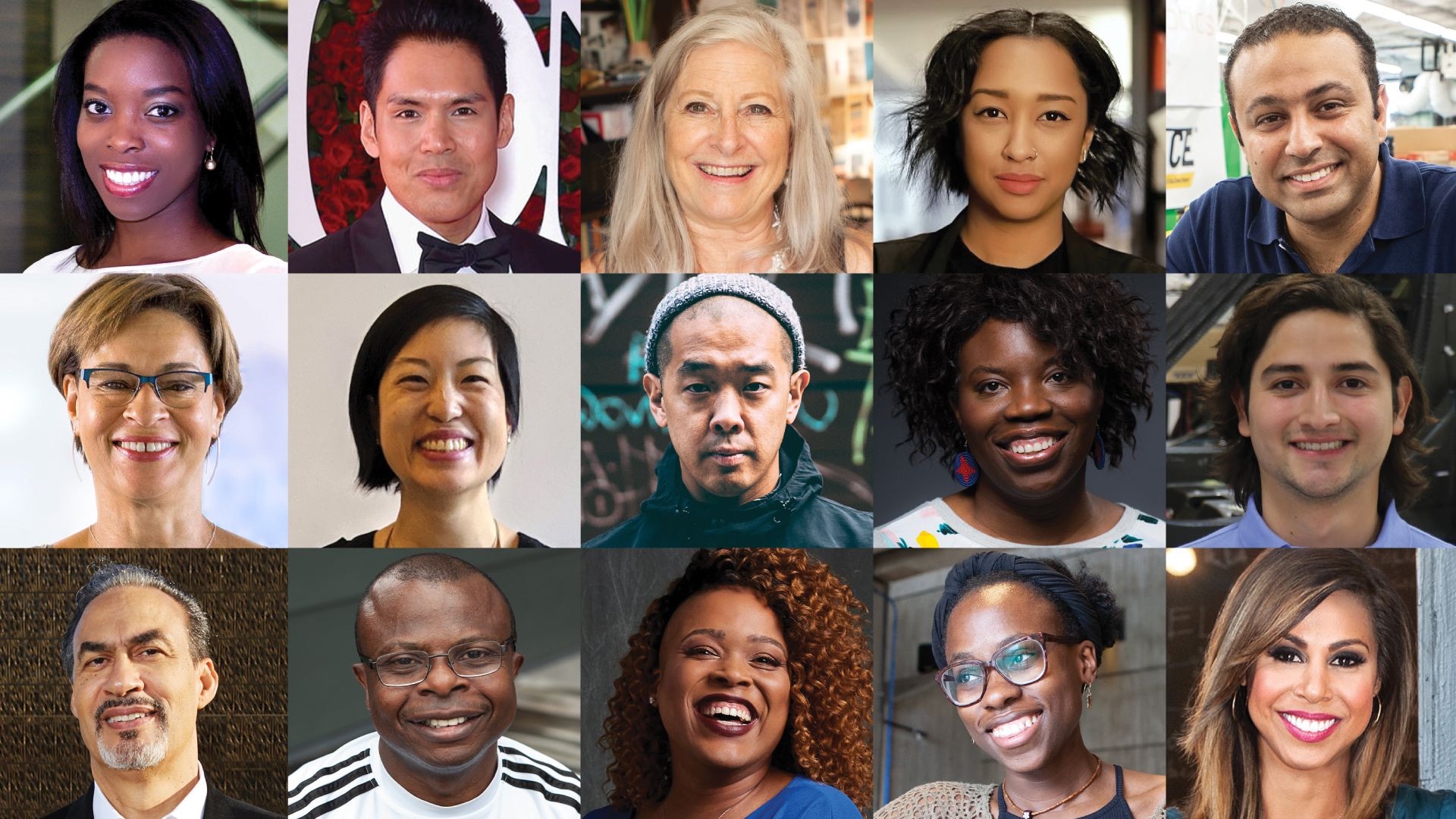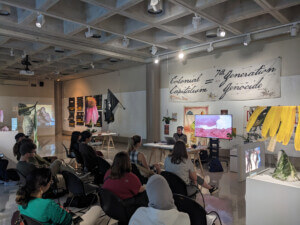Design Museum Everywhere, an as-described nomadic nonprofit design museum focused on pop-up programming in a growing number of geographically disparate cities, has re-launched and is soon expanding its existing exhibition, We Design: People, Practice, Process, in a wholly virtual format.
The exhibition showcases the work of 15 BIPOC and women designers working across a range of seven disciplines including spatial design/architecture, graphics, product design, and technology while also serving as a vehicle in which to bring attention to the glaring dearth of gender and racial diversity found within various design fields. The exhibition opens with—and responds to—a quote from attorney and children’s rights activist Marian Wright Edelman: “You can’t be what you can’t see.”
As a press release from the museum explains:
“The dynamic online exhibition tells stories about designers of different ages, genders, backgrounds, races, ethnicities, sexual orientations, and abilities—showcasing their unique personal lives and career paths through stories, oral histories, videos and photos, along with examples of their work throughout their careers including design process imagery and artifacts. Using quantitative and qualitative data visualizations and case studies, the exhibition further exposes the racial inequities in the design and innovation industries …”
Among the statistics highlighted by We Design: 86 percent of graphic designers are white; 2 percent of licensed architects are Black (0.2 percent of architects are Black women); and while a majority—69 percent—of interior designers are female, only 25 percent of leadership roles at interior design firms are held by women.

“People in positions of power and education have an obligation to make the world a better place, help amplify the voices and work of others, and be a vehicle for change,” said Sam Aquillano, executive director of Design Museum Everywhere. “Our mission in creating We Design was to illuminate a path in design for those from historically underinvested communities and to call upon the industry to reckon with the White, male-dominated history of design. And at the same time, the program can help everyone understand both how far we have come and how far we still need to go.”
The 15 designers showcased in the exhibit include, among others, Oakland, California-based designer, urbanist, educator, and spatial justice activist Liz Ogbu; activist and architect Gabrielle Bullock, a principal and Director of Global Diversity at Perkins and Will; Elyse Ayoung, an interior designer and artist who works for Gensler; Boston-based TV personality and interior designer Taniya Nayak, Sabrina Dorsainvil, director of Civic Design with Boston Mayor Marty Walsh’s Office of New Urban Mechanics, and Fady Saad, co-founder and partnerships director of innovation hub and collaborative workspace MassRobotics. North Carolina-based architect Phil Freelon, who passed away last year from complications from ALS, is also profiled. Starting on October 9, an additional 15 designers will be featured as part of the growing exhibition.
True to the nonprofit museum’s peripatetic nature, the four-years-in-the-making We Design was first unveiled last fall as a traveling exhibit in and around Boston—the museum’s home base, where it maintains a permanent branch—and in Portland, Oregon. However, in March 2020, prompted by both the coronavirus pandemic and the ongoing, historic social justice movement catalyzed by the deaths of George Floyd, Breonna Taylor, and other Black Americans, the museum’s organizers embarked on the effort to transition the physical, traveling exhibition into a virtual format so that it could better serve as an “online resource to make the designers’ stories available to everyone, everywhere.”
You can view—and read more about—the full exhibition here.











